Top 9 Soviet children’s classics that are still popular today
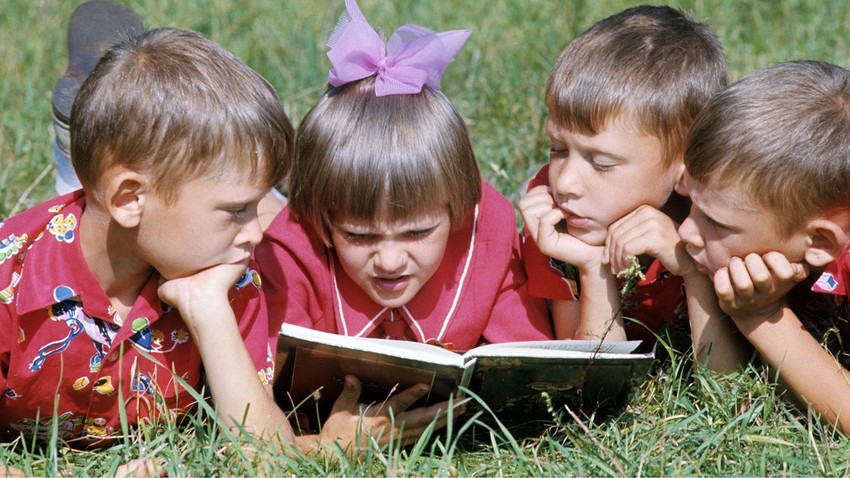
1. ‘The Little Gold Key or the Adventures of Buratino’ by Aleksei Tolstoy
It’s more than eight decades since the publication of the ‘Adventures of Buratino’, Tolstoy’s version of Carlo Collodi’s revered brainchild, ‘Pinocchio’. The fairy-tale novel first saw the light of day in 1936 during Stalin’s rule, but is still delighting today’s young readers. By the late 1980s, the book had been reprinted in the USSR a whopping 180 times. It was translated into 47 languages and sold nearly 15 million copies. Some book enthusiasts told Russia Beyond that they had read it about 15 times!
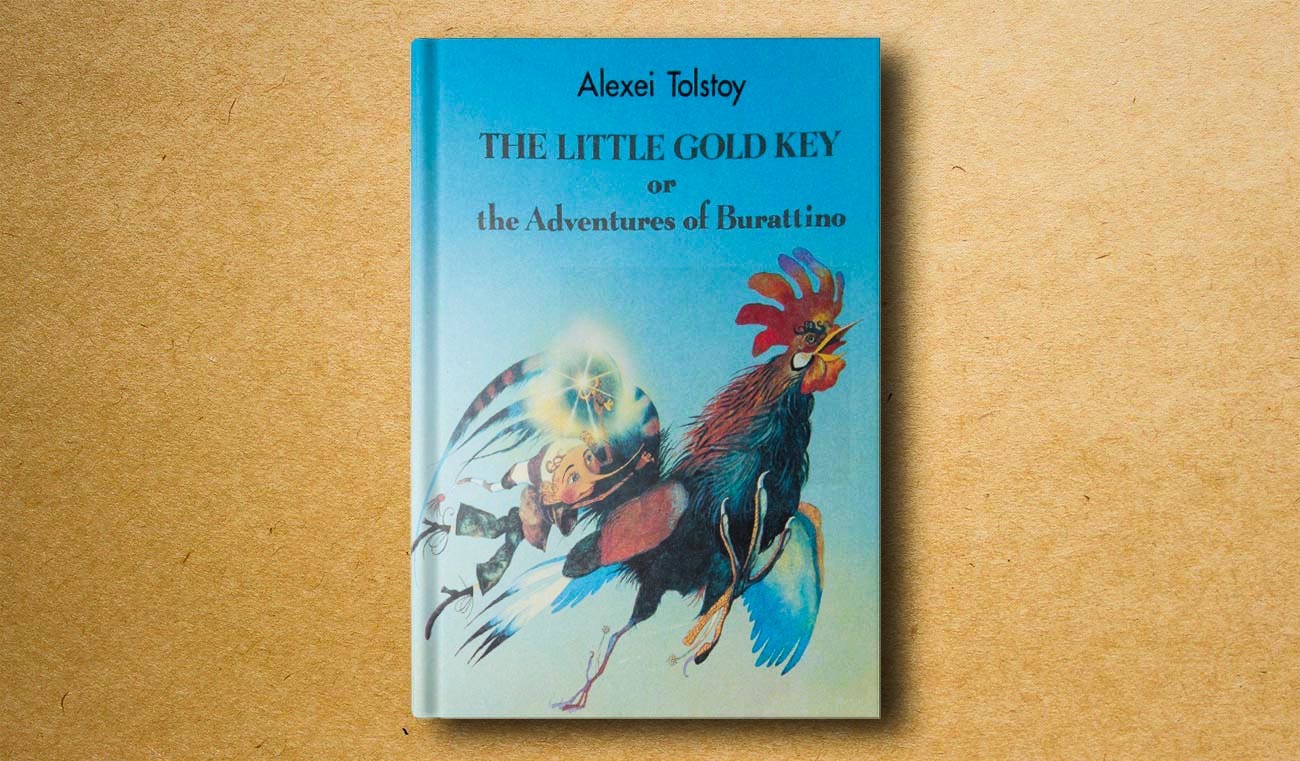
“I first read it when I was six,” Alina, 36, says. “I remember the characters perfectly well. Pierrot, the saddest of all, was my favorite. Each night, I desperately waited for my mom to come back from work to read me the next chapter. And it wasn’t just me! My youngest son Sasha, who grew up in the US, is really fond of Buratino, too.”
The descendant of Leo Tolstoy decided to revamp the story while working on the translation of Collodi’s 1881 ‘Pinocchio’. His version of the fairy tale differed in many ways from the Italian original. As is often the case, the devil is in the details. For instance, Pinocchio’s nose grows bigger each time he lies, while Buratino is born with a long nose -- he’s got nothing to lose!
Besides, there appeared to be no moralizing in Tolstoy’s masterpiece (while ‘Pinocchio’ is full of maxims and moral judgements). Tolstoy, on the contrary, wanted his young readers to giggle with recognition at the setting and the characters. In his novel, cheeky wooden boy Buratino leads a revolt against the wicked puppet theater owner Karabas-Barabas with the backing of his marionette friends Malvin, Pierrot and Harlequin. Funny, action-packed and full of great jokes, it’s a great read for children between 5 and 12.
2. ‘The Galoshes and Ice Cream’ by Mikhail Zoshchenko
Zoshchenko is a timeless fixture in the children's book pantheon. ‘Grandma’s Present’, ‘Christmas Tree’, ‘The Find’, ‘Golden Words’ – these famous autobiographical stories detail the author’s fascinating real-life adventures as a boy in the early 20th century. The tales, written between 1937 and 1945, put under a magnifying glass the writer’s wisdom, generosity of spirit and warmth of heart.
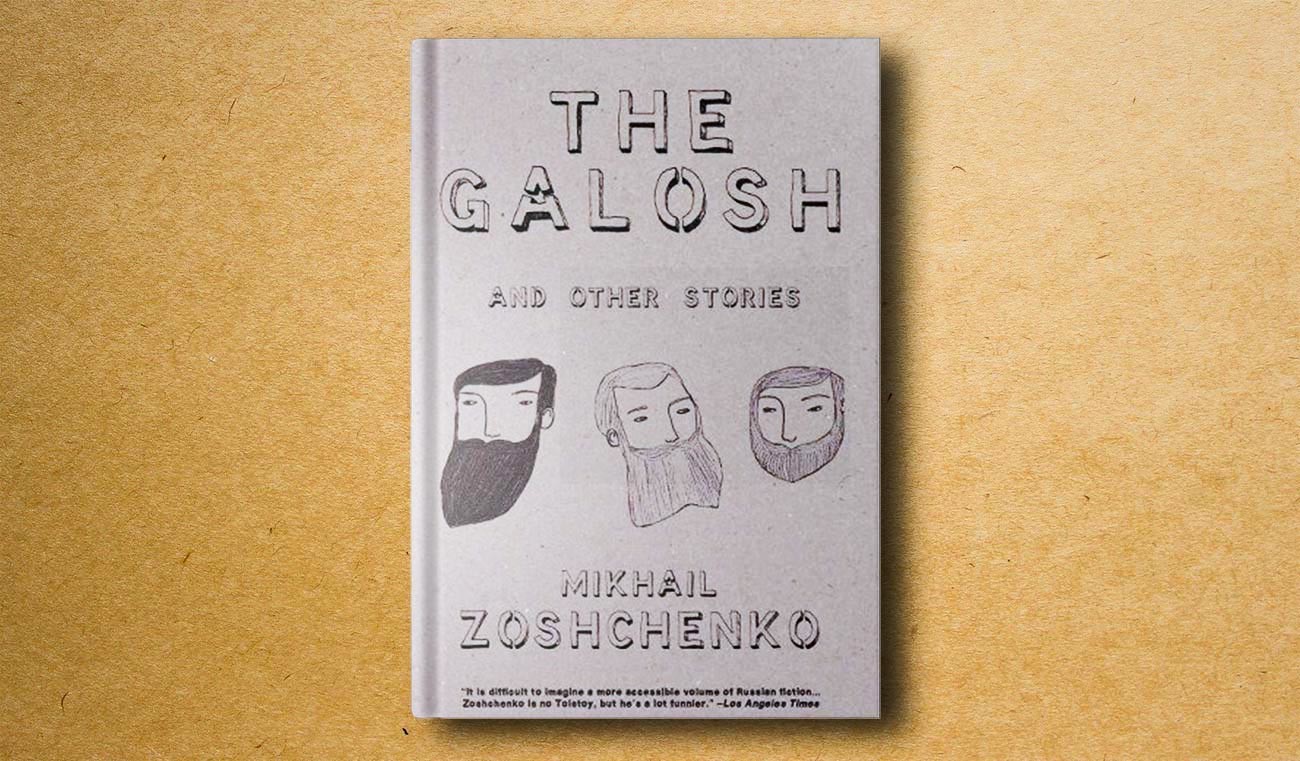
Although Zoshchenko’s collection of tales was written primarily for children, parents can learn something from each episode, too. In one of them, ‘The Galoshes and Ice Cream’, charming brother and sister Lelya and Minka have an intense craving for ice cream. They go to extremes to earn several kopecks and buy some. When guests come to their parents’ house, the inventive kids decide to sell two separate rubber shoes (a man’s and a woman’s) to a ragman they happen to meet on the street. The kids will pay a high price for their faux pas but will learn their lesson.
“Reading Zoshchenko has been our longtime family tradition,” Victoria, 38, says. “My mother first read his stories in the 1960s, when she was a little girl. I read the same book when I was in second grade and my son managed to beat us all – he read the tales to tatters when he turned six.”
READ MORE: Mikhail Zoshchenko: The satirist who fell foul of Soviet censors
3. ‘A Tale of Lost Times’ by Evgeny Schwarts
Whatever he does, Petya Zubov is constantly finding ways to kill time. Being late for school is one of them. But enough is enough. Four evil wizards take advantage of the accumulative “lost time” and become young by using a time stolen from lazy kids like Petya. In a tit for tat, the boy and several of his peers become old and grey and even their parents and other family members fail to recognize them. The kids must act fast and decisively to return to their young age. This time around, time is literally running out.
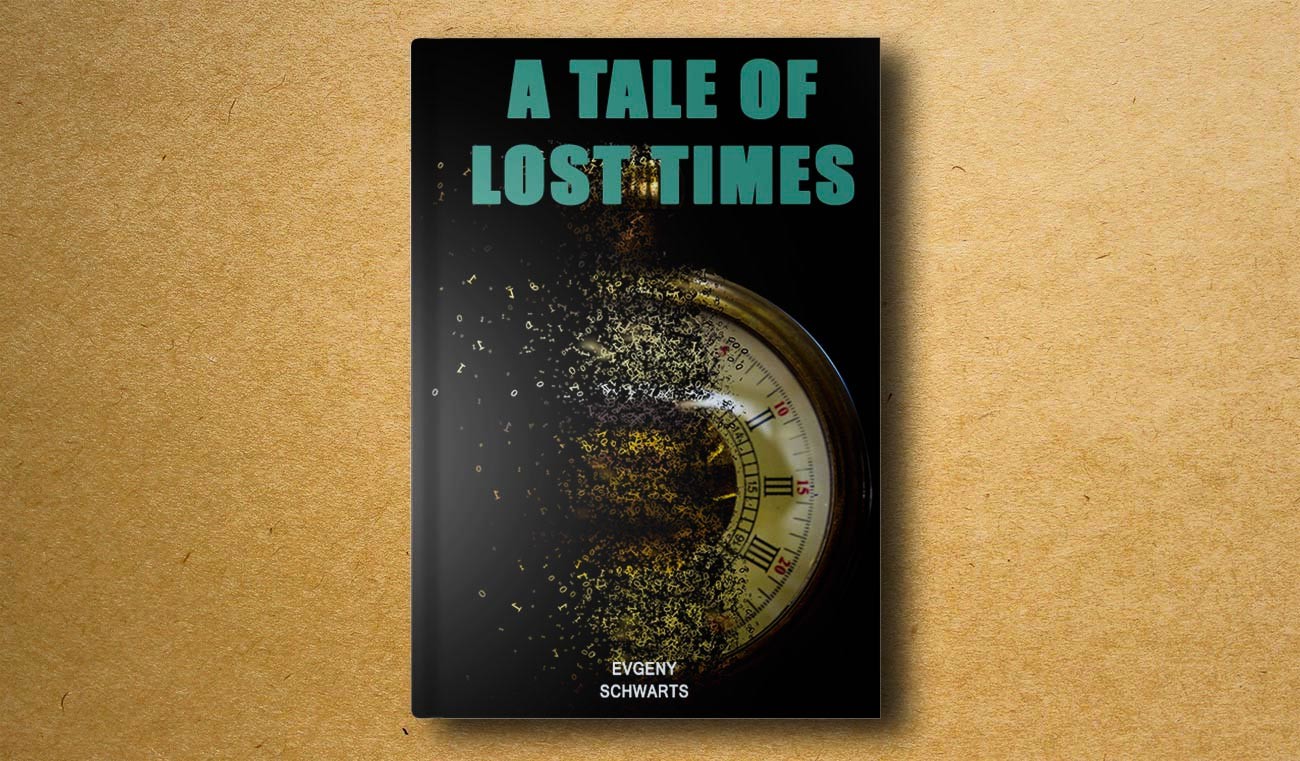
‘A Tale of Lost Times’, written with luminous style in 1940, can bring both children and adults back to places, situations and times long forgotten, but still relevant. Schwarts, the inimitable Soviet playwright, wrote a fast-paced novel with a strong message: No matter how young we are, we have only today.
“Surprisingly, this tale left me hopeful that people can solve seemingly intractable problems, finding the right ways to handle difficult situations. I wasn’t a lazy girl and read the book with a grain of salt, but I felt like I was part of the book. I remember I was so thrilled to find out that it’s a happy ending story,” Katya, 41, says.
4. ‘The Flower of Seven Colors’ by Valentin Katayev
“Be careful of your wishes, they tend to come true,” Mikhail Bulgakov wrote in ‘Master and Margarita’. His striking words of wisdom could be used as an epigraph to ‘The Flower of Seven Colors’ by Katayev. This short novel, written in 1940, has been a beloved bedtime read for countless generations of Soviet (and post-Soviet) kids. It’s a touching story woven within an exciting adventure.
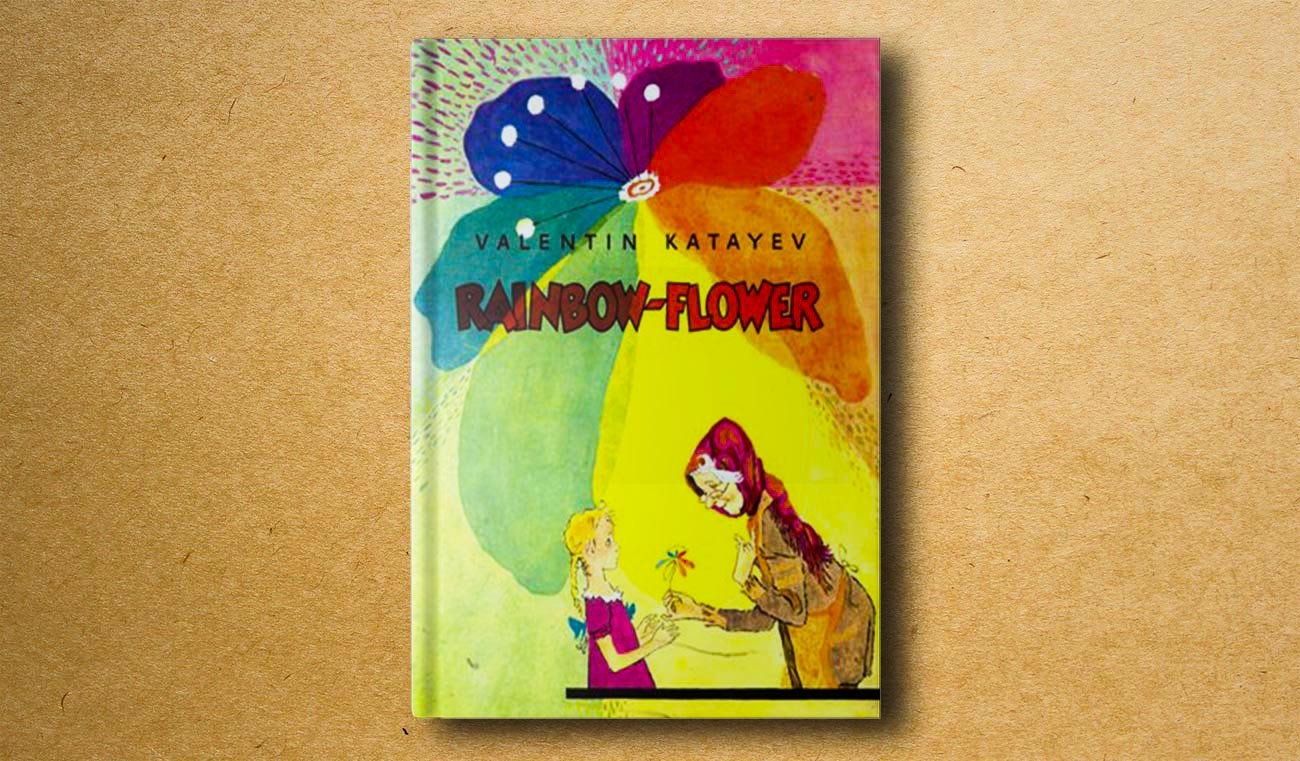
Happy-go-lucky Zhenya meets an old woman who gives her an amazing seven-petal flower. It can make the girl’s wishes come true if you pull off one petal. Her imagination goes wild and she asks the flower to give her “all the toys that exist in the world”. In an instant, literally hundreds of thousands of dolls descend onto the streets of the city, and Zhenya, scared and overwhelmed, is forced to revoke her wish.
READ MORE: 5 things every Soviet child DREAMED of
She soon begins to understand the true value of joy and happiness. When only one petal is left, the girl bumps into a boy, about her age, who she wants to race around with. But Vitya has a crippled leg and is unable to run. But the flower of seven colors could fix it.
“I’ve read this book probably fifty times or so,” Lena, 40, recalled. “I fell in love with the crippled boy! He was so sad and quiet before he met a jovial go-getter Zhenya. You’ve got to give it to Katayev, my 5-year-old daughter is obsessed with this short novel and knows it by heart.”
5. ‘Crocodile Gena and his Friends’ by Eduard Uspensky
Uspensky has been one of Russia’s key storytellers for more than five decades. No wonder his books inevitably bring back the nostalgic memories of Soviet childhood. The creator of the iconic children’s book characters, Cheburashka and Gena the Crocodile wrote dozens of enjoyable books boasting larger-than-life characters. A prolific writer and poet, Uspensky used all the vital ingredients to create his signature tales, keeping the plot deliberately simple and easy to follow.
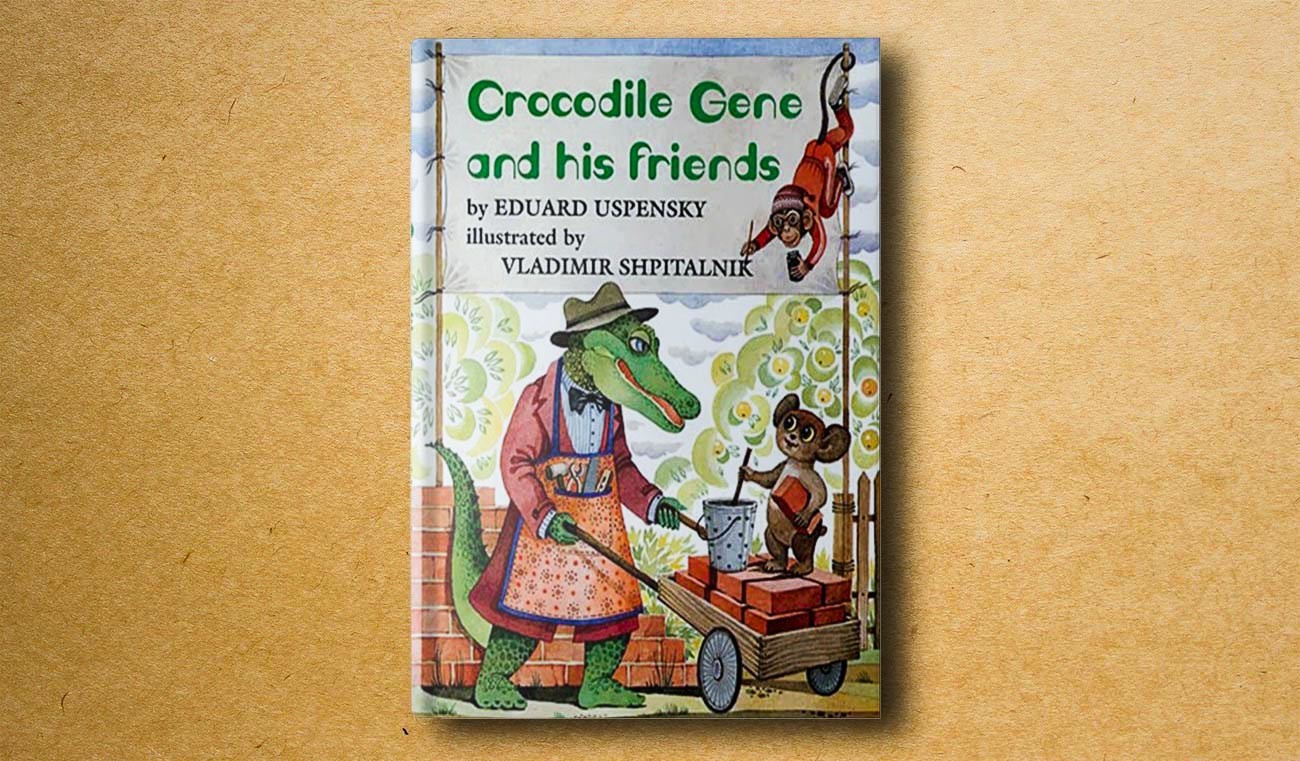
‘Gena the Crocodile’, for instance, is not a typical croc. Created by Uspensky back in 1966, the stylish creature wears a red jacket, white shirt, black bow-tie, and a swanky hat. He smokes a pipe, plays the accordion and works at the zoo.
Young children aged between 3 and 10 find lots to laugh at in Uspensky’s books, all breaming with irony and light. Around 60 cartoons were based on novels and scripts, written by Uspensky, including ‘Uncle Fyodor, His Dog and His Cat’.
“Crocodile Gena struck me both as very friendly and unusual,” Fillip, 6, admits. “I immediately asked my mom to take me to the Moscow Zoo to check out if all crocodiles were like Gena.”
READ MORE: Cheburashka: 10 fun facts about Russia's iconic furry character
6. ‘The Adventures of Dennis’, by Victor Dragunsky
Among children’s book fans, there are thousands of passionate admirers of Dennis Korablyov, the subject of Dragunsky’s stories of childhood. He is just an ordinary schoolboy, who lives with his parents in Moscow. Dennis’s life, set in the late 1950s-60s, is full of amusing adventures. Each day brings a new unexpected twist, with the book becoming a bit of a nail biter.
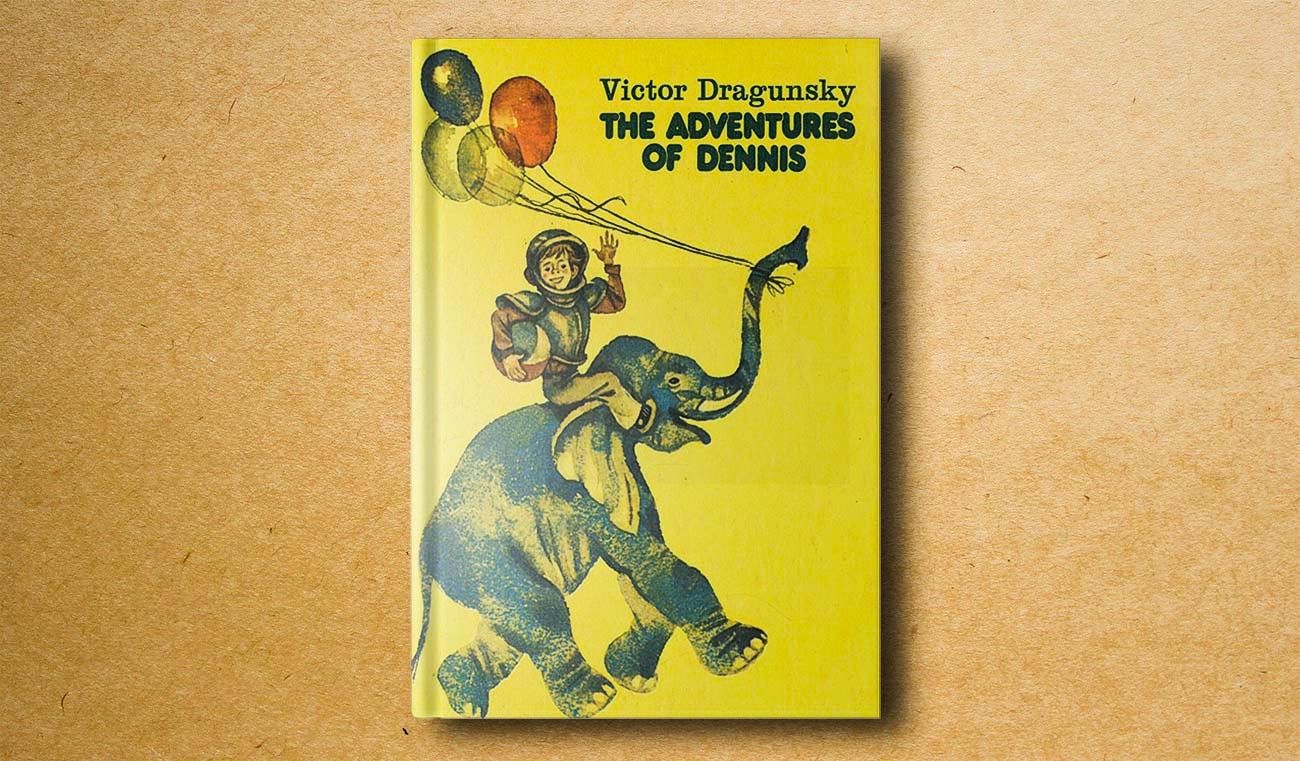
In many ways, Victor Dragunsky was, as only the greatest children's book writers are supposed to be, an everyman’s dad whose moral duty was to promote wisdom, friendship and compassion. The title character of his signature short stories was based on the writer’s son, Dennis. Many years have passed since the book’s release, but he is still such a good character to relate to! Fun, unpretentious, and curious. Not flawless, but real.
In one of the most famous stories, ‘The Secret is Revealed’, Dennis attempts to cheat his mother by throwing away a bowl of semolina porridge that he is supposed to eat for breakfast out the window, in order to quickly finish his food and go to the Moscow Kremlin museum with her. Dennis tries hard to be a good boy. He does his best to convince himself that he likes semolina (in reality, he hates it!) He begins to experiment, adding more sugar, salt, water, horseradish and it isn’t all for the better, of course. That’s when the boy gives up and, on the spur of the moment, throws the cold sticky stuff out the window. Semolina lands right on the hat and suit of a passer-by… It’s all pretty funny until Dennis’ mother finds out…
‘‘Dragunsky’s stories are funny and amusing. We began reading them when I was five. I still come back to my favorite episodes from time to time. Guess what, my dad’s name is also Dennis,” Andrew, 9, boasts.
7. ‘The Three Fat Men’ by Yuri Olesha
One of the all-time greats, Olesha wrote his masterpiece nearly 100 years ago, in 1924. Although the fairy tale is technically aimed at children, it will also undoubtedly tickle adult readers - regardless of their age, race and nationality.
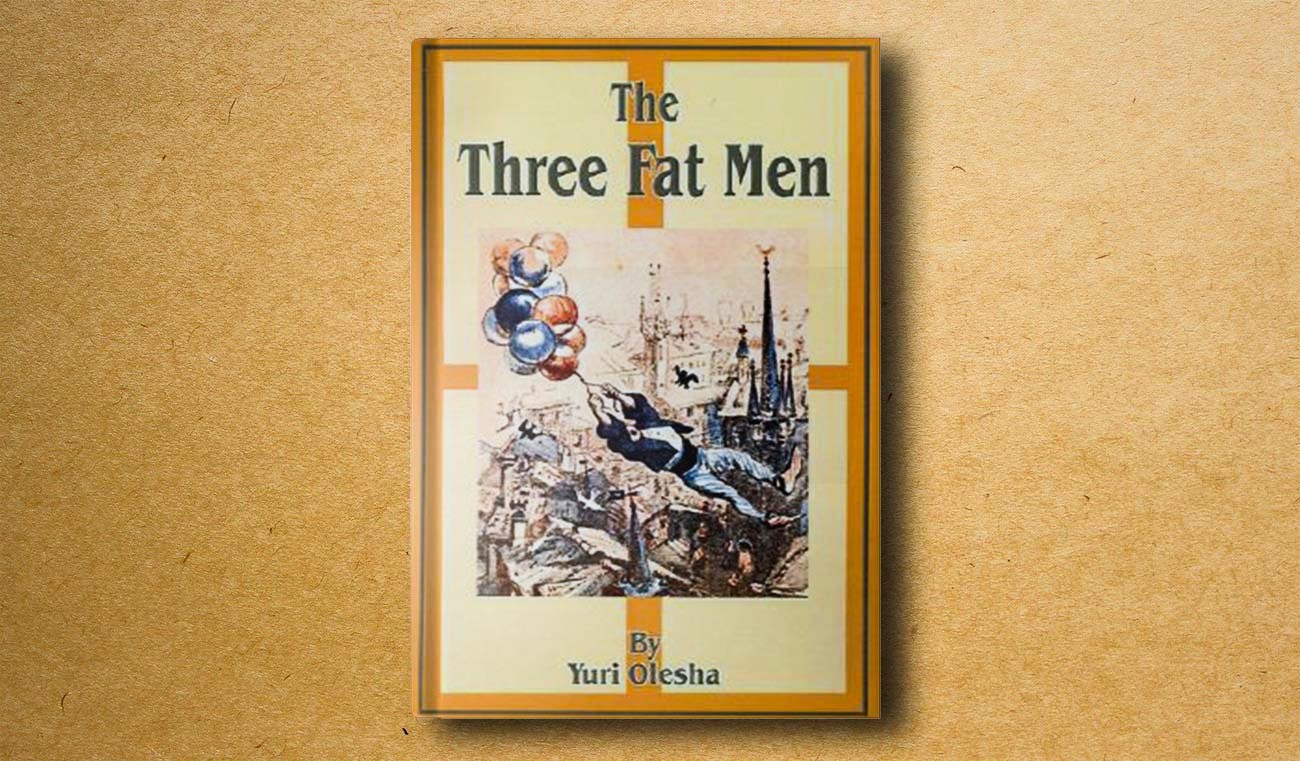
The story is set in an unknown fictional country ruled by the trio of fat greedy men. They have an heir, a sweet young boy named Tutti. The poor thing is not allowed to make friends with any kids, his only companion is a doll named Suok. But the moral is, things will change for the better if you just wait. Legend has it, Olesha was looking out the window when he saw a girl aged about 13. She was reading Andersen’s fairy tales. Olesha then made a promise to himself to write the “best fairy tale in the world” and dedicate it to the girl. That pledge gave birth to ‘The Three Fat Men’.
“I read it when I was 10,” Lyubov, 39, says. “Although it has been disguised as a fairy tale, it’s not really a children’s book per se. It’s grotesque and sometimes scary. It’s about one’s right to defend one’s self. About freedom and courage, love, kindness and revolution.”
READ MORE: Yuri Olesha: The king of metaphors smashed by Stalin’s social realism
8. ‘Dunno’s Adventures’ by Nikolai Nosov
You wouldn’t miss him. The admirable main character in the book, Neznaika (‘Dunno’ meaning “don’t know”) is dressed in canary-yellow pants, orange shirt, green tie and blue hat (some modern men actually dress this way). Dunno is rather lazy, overly-confident, not very polite and boastful. To balance things out, he’s smart, funny and quick-witted.
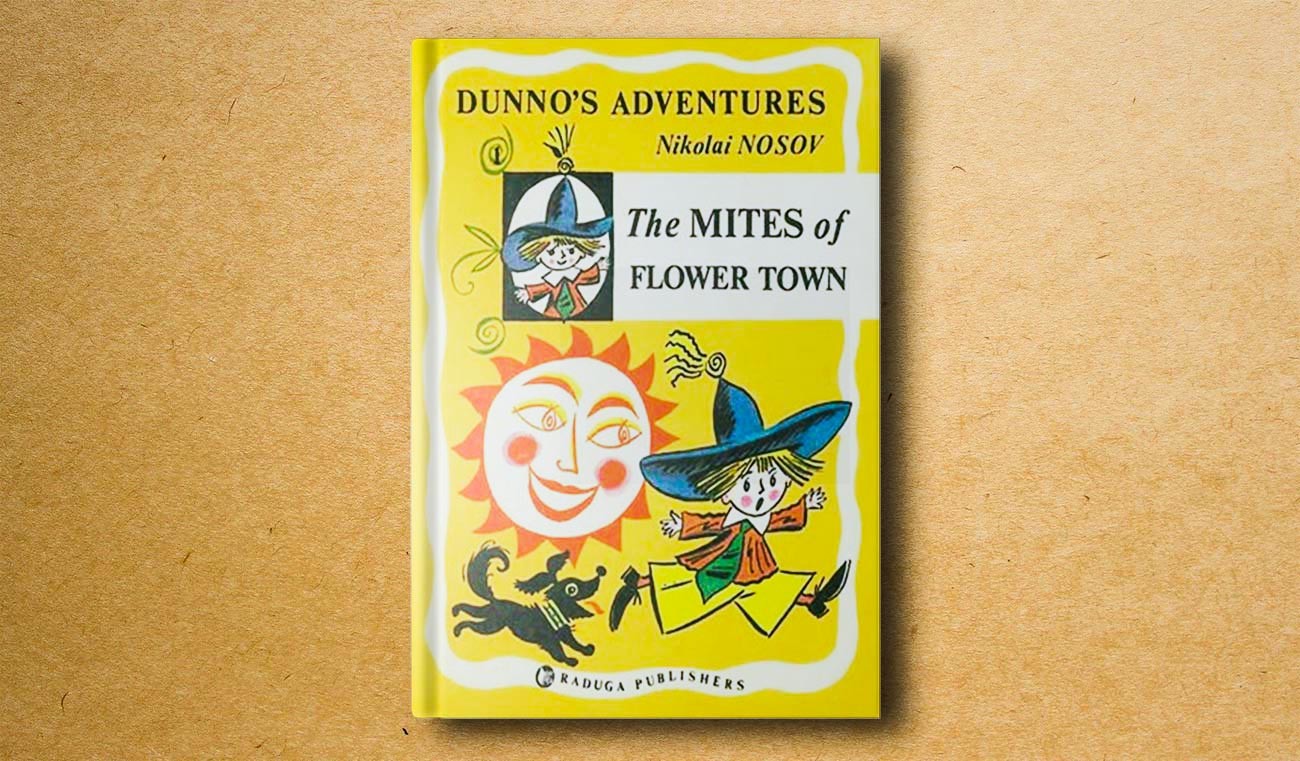
Nosov’s fantasy trilogy details Dunno’s blockbuster adventures in Flower City, home to tiny little creatures, each as tall and cool as a cucumber. The book, which first came out in the mid-1950s, is fast-paced and entertaining. It exposes little boys and girls to some new ideas about the world they live in with humor and verve. Nosov’s fertile imagination, spiced up by his rich narrative style, has proved to work wonders for several generations of Soviet kids.
“I don’t know what’s so special about the book, but I read it with an open mind and liked its adventurous nature. Dunno wasn’t my favorite hero, though, I was fond of the ‘supporting characters’ – Bendum and Twistum. They were cool and really funny,” Alexandra, 39, says.
READ MORE: Which fantastic notions of Soviet sci-fi writers became reality?
9. ‘The Wizard of the Emerald City’ by Alexander Volkov
It’s an adaptation of the 1900 ‘Wonderful Wizard of Oz’ by U.S. author Lyman Frank Baum. Volkov, a highly-educated writer with near encyclopedic knowledge of science and history, came across Baum’s tour de force by accident and decided to translate the epic novel into Russian in order to polish his English-language skills.
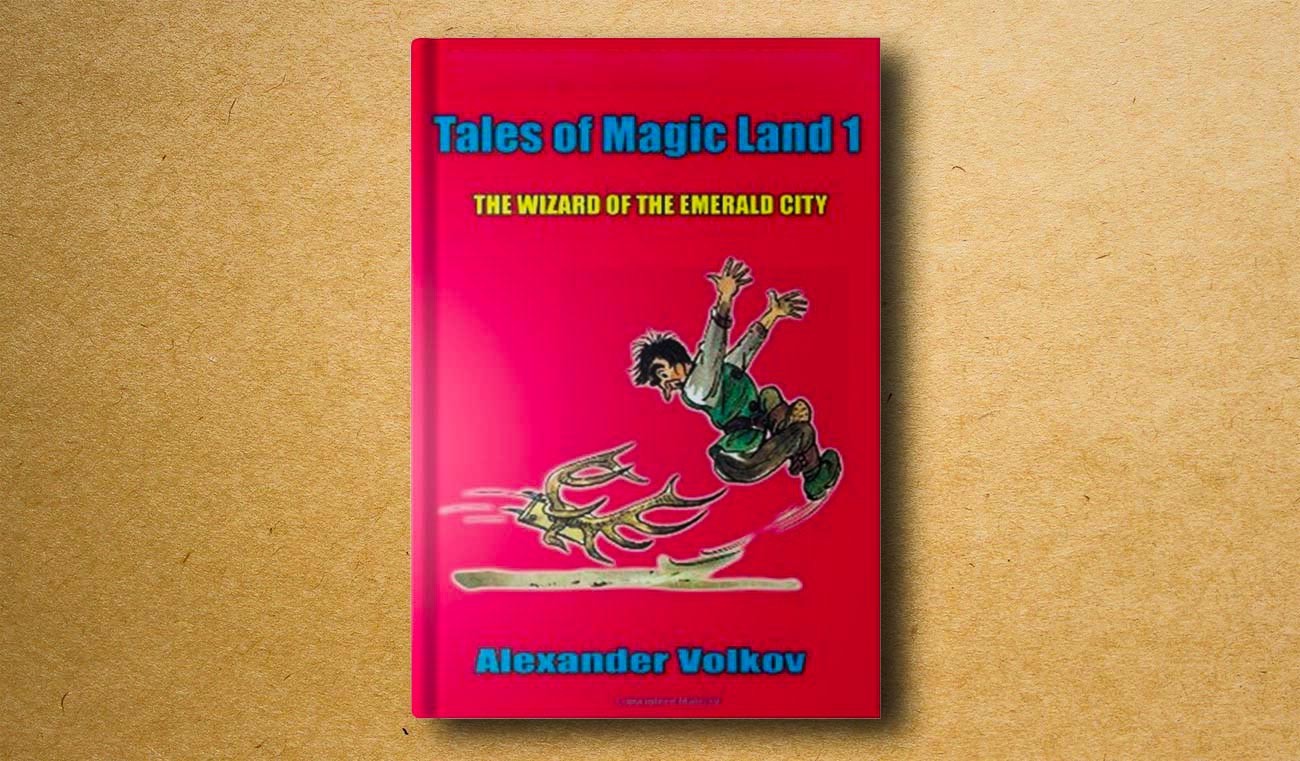
However, the more he worked on the translation, the more his imagination went wild, painting new surreal scenes and exciting adventures. Volkov eventually established himself as the author of hugely exciting, inventive and action-packed adventure.
In the USSR, ‘The Wizard of the Emerald City’, inspired by Baum’s original story, saw the light of day in 1939. His spin-off novel was translated into 13 languages and had 46 reprints.
‘The Wizard of the Emerald City’ revolves around Ellie (a little Kansas girl) and her dog Totoshka. The pair find themselves in the middle of Magic Land after a tornado, triggered by an evil sorceress, carries their wagon through the desert and mountains. To return home, the girl has to assist three individuals in the granting of their wishes. Ellie meets Strasheela (the live scarecrow, whose biggest dream is to have a brain); the Iron Lumberjack (who wants a heart) and the Cowardly Lion (who lacks the courage to become the king of the beasts) and the four of them head to the Emerald City to catch up with the mighty wizard Goodwin the Great and Terrible…
“It was the first book which got me acquainted with the fantasy genre,” Bogdan, 10, recalls. “I read it in one sitting when I was seven.”
READ MORE: Top 10 most popular children’s writers in Russia
If using any of Russia Beyond's content, partly or in full, always provide an active hyperlink to the original material.
Subscribe
to our newsletter!
Get the week's best stories straight to your inbox